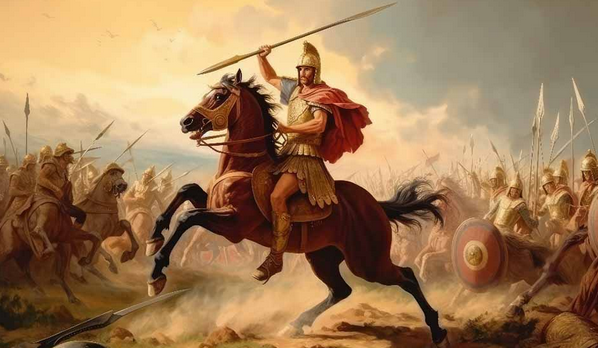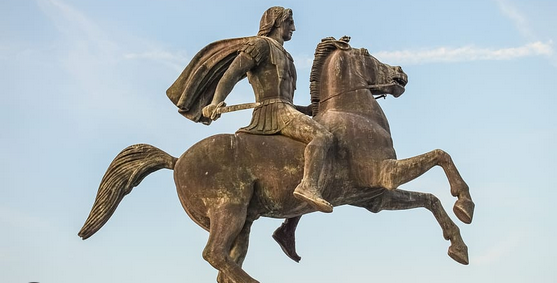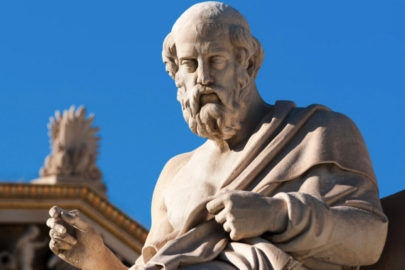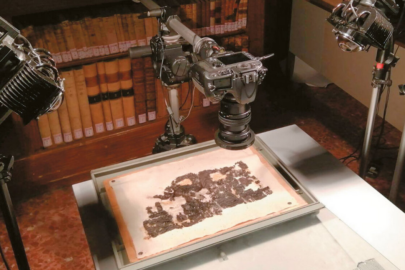The archaeologists are one step away from completing the grand plan that will reveal the Gymnasium where Alexander the Great attended. After the royal palace in Aiges, the next major project of archaeologist Angeliki Kottaridi is “the Gymnasium of Mieza, where Aristotle taught Alexander and the generation of Macedonians who created the Hellenistic world”, as she wrote in her Facebook account. The findings that have come to light in recent years, according to the archaeologist, indicate that the renowned Gymnasium is located in Mieza and not in Nymphaeum, as it was considered until today, as it could not, due to its small size, meet the needs of such a prominent space, worthy of the glory of Alexander the Great, son of Philip II.
Therefore, it is a matter of time for the plan to be completed, which will reveal the entire glory of a vast area that, apart from the Gymnasium, houses a theater and emblematic tombs.
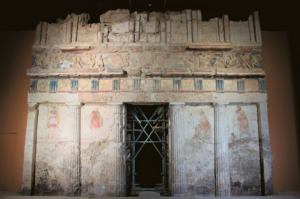
A king like Philip, who was educated in the most prominent Gymnasium of his time, that of the Thebans, could only ensure that his son followed the ideal physical and intellectual education in a Gymnasium that would showcase all the greatness of the Macedonians and would be properly royal. And this would be set in a correspondingly ideal place. In a unique spot essentially located between the royal metropolis of the Macedonians, Aiges, and Pella, Mieza dominates, which in antiquity was considered an earthly paradise with lush meadows, deep forests, and running waters, which were praised by both Plutarch and subsequent travelers who visited the area.
Popular beliefs, moreover, placed in this beautiful area the Gardens of Midas, the king of Phrygia, where everything he touched turned to gold, with the famous sixty-leafed roses and countless plants. Therefore, it made sense for Philip to call there the teacher Aristotle from Mytilene in 342 BC to undertake the education of the 13-year-old prince Alexander. It was also the dream of Aristotle himself to open his own School and to emerge as the ideal and worthy successor of his teacher Plato in philosophy. Moreover, he was linked to Philip by friendly ties since the king knew his father, Nicomachus, who had served as a physician at his court (hence the name of Aristotle’s work, “Nicomachean Ethics”). In order, therefore, to undertake this supreme mission of teaching the prince Alexander, Aristotle asked Philip not only to establish a Gymnasium worthy of his reputation but also to rebuild his birthplace, Stagira, which Philip had razed a few years earlier punishing the inhabitants who had risen against him.




